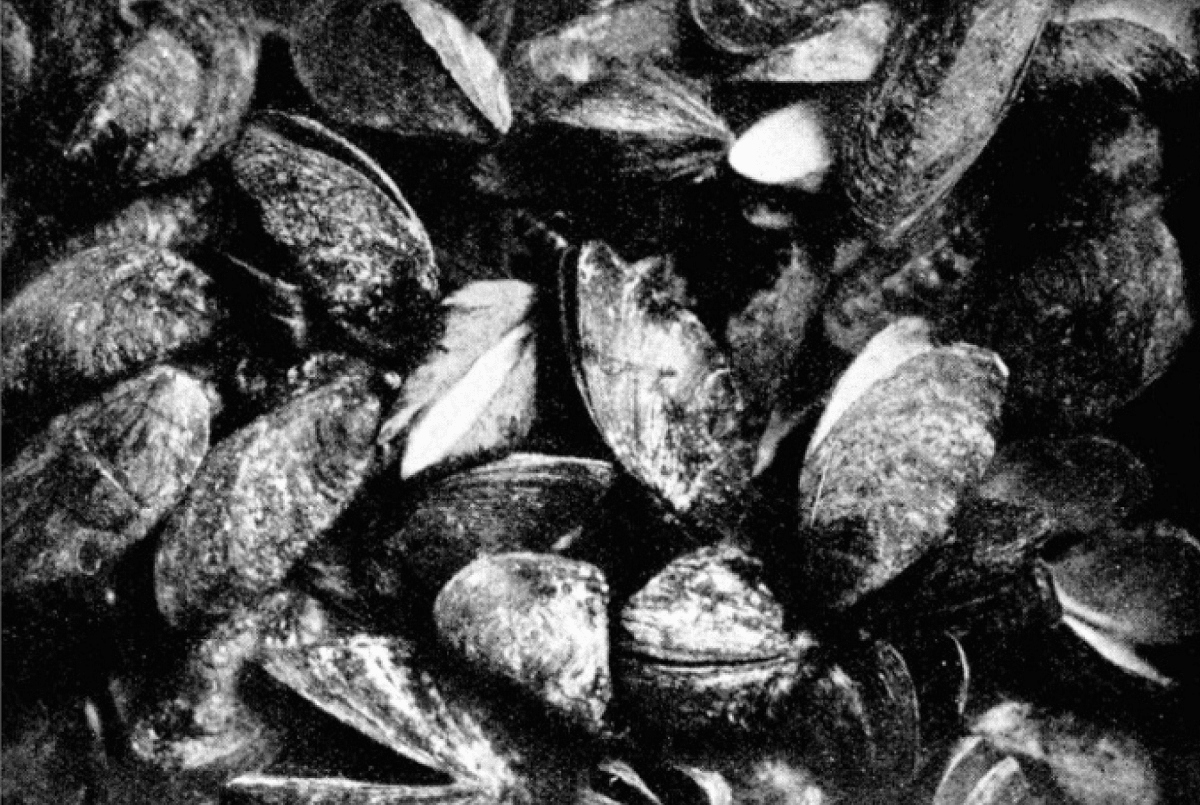A scientist from St Petersburg University, as part of an international team, assesses the risks posed by "migrant molluscs" settling across the globe
Maxim Vinarski, a biologist from St Petersburg University, has participated in an international research team conducting a global study of invasive freshwater molluscs — species that relocate to new countries, continents, and ecosystems around the world. The scientists identified key risks to biodiversity and outlined trends for the future development of such invasions.

Biological invasions occur when certain animal and plant species are introduced —intentionally or unintentionally — into new countries and continents. Globalisation has turned the "export" of species from one region to another into a widespread phenomenon. In many cases, these organisms are not deliberately spread by humans, but instead travel inadvertently, using human transport as "stowaways". For example, a significant number of marine invertebrates have moved from one ocean to another via the ballast water of ships — taken on in one port and released in another, sometimes thousands of kilometres away. This mechanism enables the spread of jellyfish, crustaceans, and molluscs with free-swimming (planktonic) larvae.
The research findings are published in the scientific journal Hydrobiologia.
Such migrations not only disrupt the structure and functioning of natural ecosystems but also have significant practical implications. For example, in the 20th century, the introduction of the Colorado potato beetle into the USSR created major challenges for agriculture.
Today, both the frequency and the impact of such biological invasions have increased manifold. This has led to the emergence of a specialised field within biology: the ecology of invasions by animals and plants.
Alien molluscs, in particular, bring about noticeable changes to ecosystems. Although they are typically regarded as sedentary organisms, they are rapidly spreading across the globe. The issue of invasive molluscs has become so widespread that scientists worldwide are participating in regular monitoring efforts — conducted approximately every 10 to 12 years — to track their distribution and mitigate potential risks to global ecosystems.
Maxim Vinarski, Head of the Laboratory of Macro-Ecology and Biogeography of Invertebrates at St Petersburg University, participated in the most recent monitoring initiative. The researchers carried out a global mapping of alien freshwater mollusc species, assessed current research trends in the field, and evaluated the number and distribution of these species worldwide. The biologists also analysed the primary ecological risks posed by these invasions and reviewed the principal methods used to prevent, detect, and monitor the spread of non-native species.
"The study was carried out using the method of expert enquiry, in which each co-author was assigned a specific fragment of the topic to develop, while also participating in the discussion of sections written by other contributors. As a result, the team formed a comprehensive view of the issue, reflecting a shared understanding of the situation by leading experts in the field," said Maxim Vinarski, Head of the Laboratory of Macro-Ecology and Biogeography of Invertebrates at St Petersburg University.
The Russian part of the study, conducted at St Petersburg University, included data from the territory of the former USSR and neighbouring countries. The team of scientists led by Maxim Vinarski are recognised experts on invasive freshwater molluscs in Russia. In recent years, they have published a number of papers addressing this issue.
One of the main risks identified by the experts is the deterioration of the medical and parasitological situation in certain regions. Many species of freshwater molluscs serve as intermediate hosts for parasitic trematode worms, contributing to the relocation and spread of these parasites to new areas — some of which may pose a threat to human health.
Additionally, invasive mollusc species often compete with, and displace, native fauna by occupying their ecological niches, leading to significant changes in biodiversity. For example, molluscs of the genus Dreissena form dense colonies in water pipes, disrupting infrastructure, while some tropical alien snails — such as spike-topped apple snails (Ampullariidae), well known to aquarists — can act as agricultural pests in rice fields.
St Petersburg University, the oldest university in Russia, was founded on 28 January (8 February) 1724. This is the day when Peter the Great issued a decree establishing the University and the Russian Academy of Sciences. St Petersburg University today is a major centre for education and research. More than 20,000 students study here, and more than 15 major laboratories and 23 resource centres have been established as part of the country’s leading Research Park. Graduates of the University have been recipients of the Nobel and Fields Prizes on multiple occasions.
Recently, St Petersburg, the Northern Capital of Russia, officially introduced a new holiday — Day of St Petersburg University — which has been included in the St Petersburg Law "On holidays and commemorative days in St Petersburg".
In February 2025, a ceremonial event was held, during which Roscosmos cosmonauts presented the University with the "300th anniversary of St Petersburg University" flag, which had travelled to the International Space Station and back.

